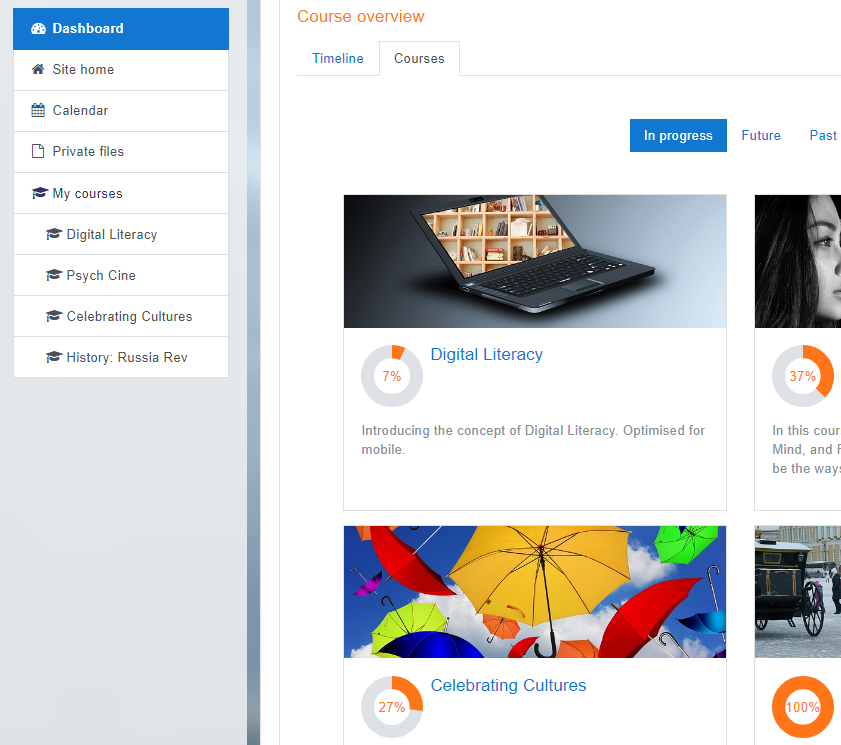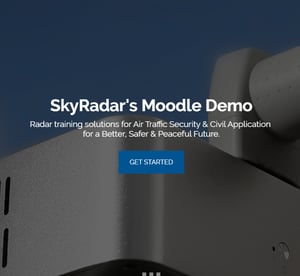Many academies and universities are contemplating how to get started again. What are the necessary steps? Are they costly? How can blended learning and virtual labs be rapidly set up?
 The good new is: if your academy or university has reasonable web-access, you can reach a rapid distance learning set up in only a few days.
The good new is: if your academy or university has reasonable web-access, you can reach a rapid distance learning set up in only a few days.
There are free-of-charge or economical products available which help you set up a reasonable first step in just some days. In a second step, you can set up a learning infrastructure based on Moodle.
This blog has the details.
Starting with a Basic Set-up
You can rapidly set up a first preliminary solution using a set of Google tools.
Google Classroom
Google Classroom helps you setting up and organizing courses. Lecturers can organize their time table, communicate with groups and individuals, and assign and receive homework in return.
Google Meet
Connecting this to Google Meet gives your academy an initial distance learning infrastructure. It is a free conferencing system, simple and easy to handle.
Limitations
The solution is good as a temporary infrastructure. However, for most educators and also students it will not be enough in the long run. We perceive there is a change in thinking.
Society has reached a new normal. Social distancing phases may reappear (potentially even in autumn 2020 with the 2nd wave of COVID-19). But also the mix of distance and present learning has shown many opportunities which institutes want to exploit also in the post-COVID-19 era.
Here I list some important limitations in such a Google-based or similar solution are (from my humble point of view):
- the solution has no central manager. Every lecturer has to manage his or her classes independently. Approaches may vary. There is no central control, quality management and evolution of the solution. Lessons learnt can only be generalized with difficulties
- For the user it is uncomfortable with all the invites and the lack of central aggregation of data.
- E-learning courses cannot be linked in. The educational format remains pretty limited.
In short it is a pretty limited setup.
But still, you can bind in all SkyRadar radars, invite students to call them up remotely.
While the lecturer starts and operates the radar(s), which can be shared via Google Meets, the students can access the radars through the FreeScopes User Interface from their home computer.
They can do radar experiments independently and share the results with the teacher. Social distancing and blended learning can work well together.
The screen above shows on the left side the user interface FreeScopes and on the right side the video-conference with the lecturer.
Moodle as a professional solution

Moodle was started as by the educator and scientist Martin Dougiamas in the early 2000s. It had an instant success and wiped many of the at that time dominating costly Learning Management Systems (LMS) away.
Advantages
Moodle has several advantages:
- it is free of charge!
- it is mature and has passed many iterations, supported by millions of users across the globe.
- it is a solution developed by a community of experts. The solutions are well manged, always optimizing educational approach and digital implementability
- 100s of plug-ins are available for various kinds of applications and needs, e.g. a video-conferencing solution
- the LMS constructivist approach to education, emphasizing that learners (and not just teachers) can contribute to the educational experience. Using these pedagogical principles, Moodle provides an environment for learning communities. A constructivist approach allows us to qualify professionals beyond a simple comprehension and reproduction level. Application, analytics, synergy and evaluation levels need to be reached - referring to Bloom's learning taxonomy. In fields like air traffic control, where highest qualification, even in emergency situations and under extreme stress.
- User management can be done centrally. The system can evolve. Students are management in one system. Their performance is always stored, even if a lecturer leaves or makes a mistake.
- The learner has full transparency. Features like calendar, private repository, past performance and grades are well structured and available.

- Security - although being community driven, Moodle has proven to be a secure system, if the security guidelines are followed. The LMS allows for state-of-the-art 2-factor authentication.
- Moodle presents knowledge following the SCORM standard (Sharable Content Object Reference Model). It allows to reuse endlessly static and interactive decontextualized content objects and to connect them ("sequence them") into a new "story". A content object may be a video, a pdf, a web page, or even one of SkyRadar's radar User Interfaces.
Disadvantages
But what are the disadvantages? Such a solution needs somebody who is in charge. Who makes sure that it does not evolve into the wrong direction.
Also the solution needs to be installed in contrast to the Google Apps which you just start decentrally.
To make life easier, SkyRadar provides pre-configured solutions to help academies to make an easy start.
SkyRadar blends perfectly into Moodle
The "sequencing" of unrelated contents into something new enables every teacher to create his or her own student-centric blended learning paths.
In the course of such a sequence, SkyRadar FreeScope sequences can be integrated. Specific exercises can be executed under the instruction of the lecturer. Results can be verified through various test mechanisms.
We will give more insights into virtual labs and distance learning. Simply subscribe to our blogs and look at the specific distance learning section for more insight.
Or just call us!
The author, Dr. Ulrich Scholten started to develop web-based simulations and e-Learning in 1998. Since 2000 he implemented SCORM-based solutions and participated in countless research projects and publications. Since 2008, he applies all his knowledge and experience on radar training solutions, making SkyRadar the first providers for distance learning and SCORM compliant radar training environment world-wide. Dr. Scholten regularly publishes peer-reviewed scientific papers in the fields of cloud computing, sensing and the IoT. He was associated research scientist at the Karlsruhe Service Research Institute (KSRI), a partnership by KIT and IBM.






